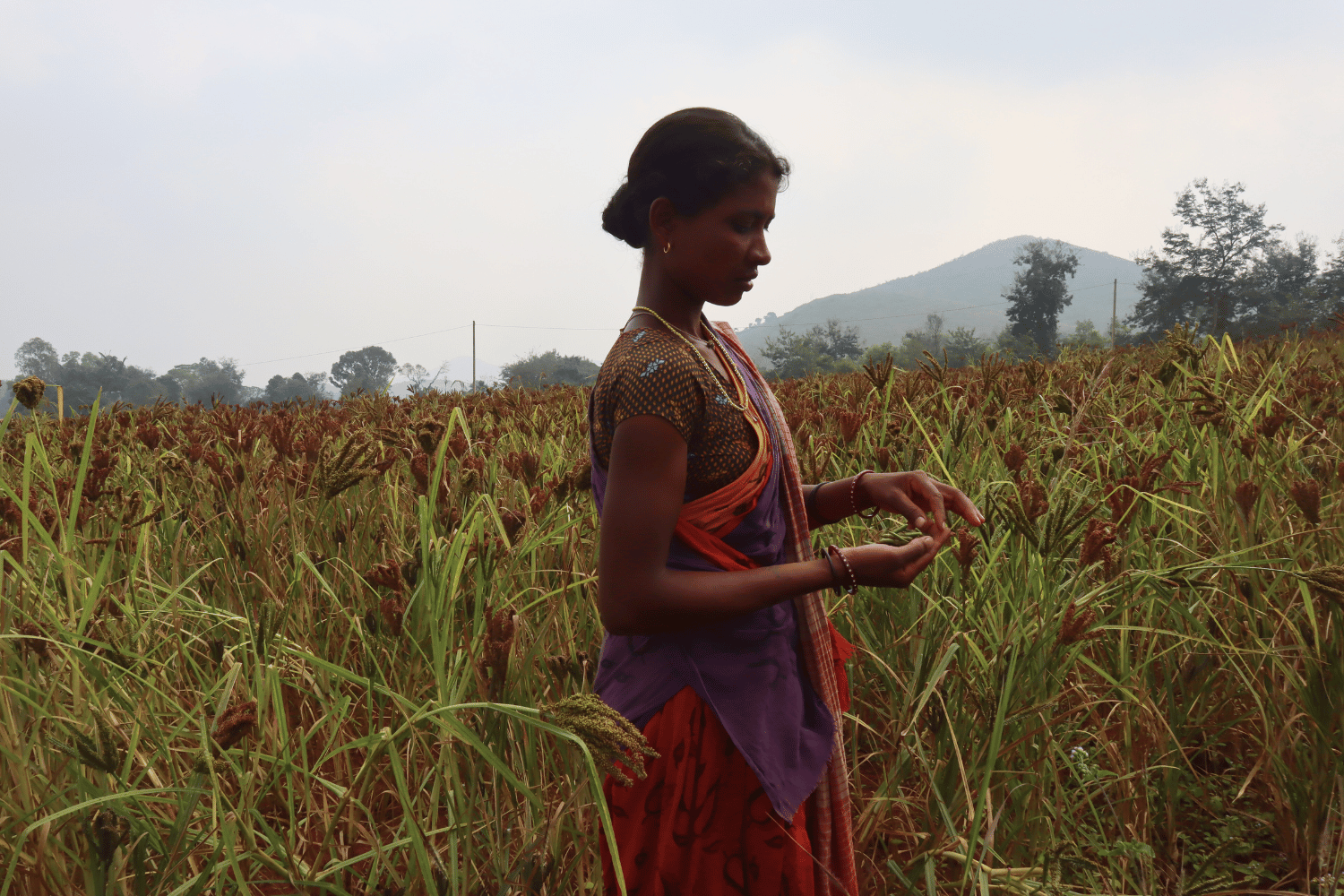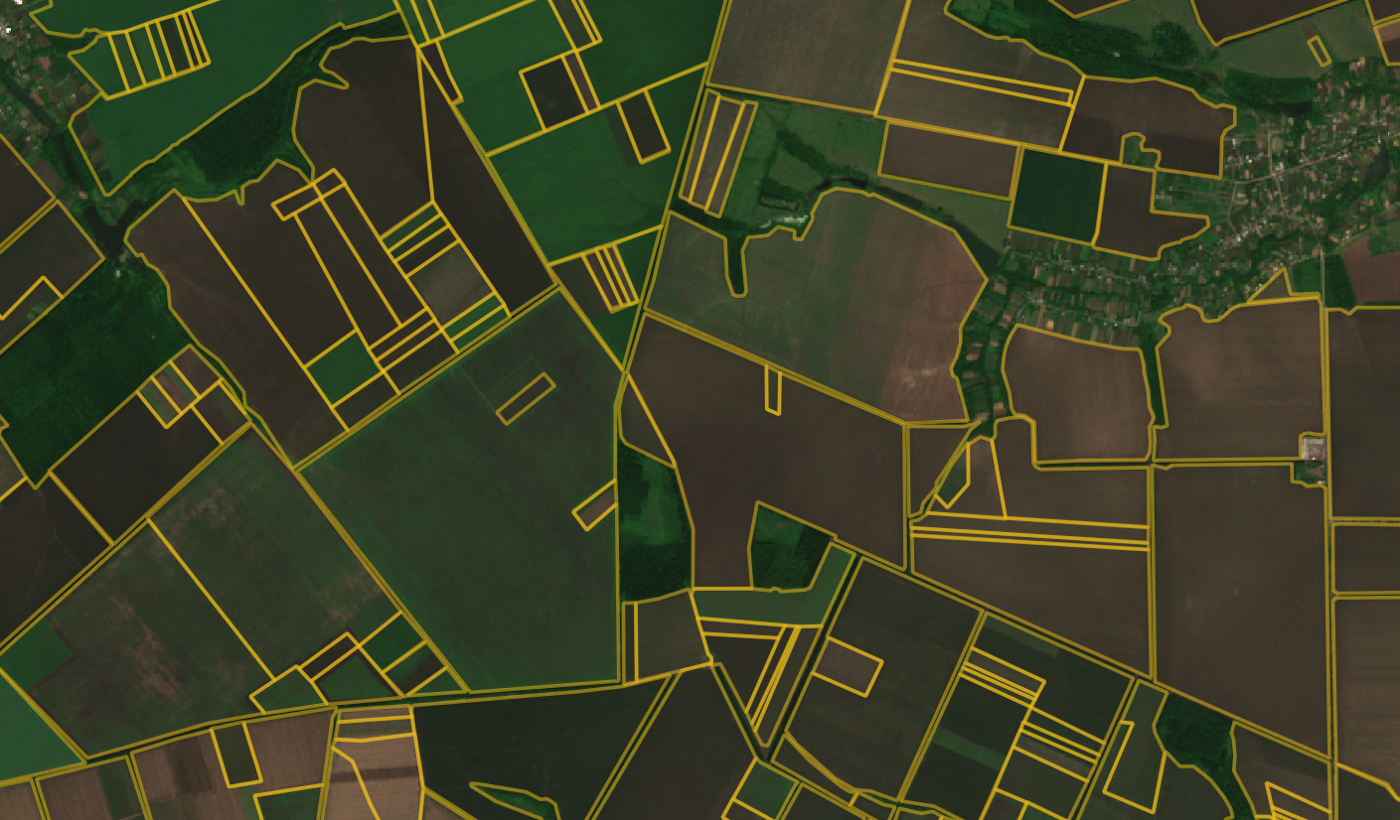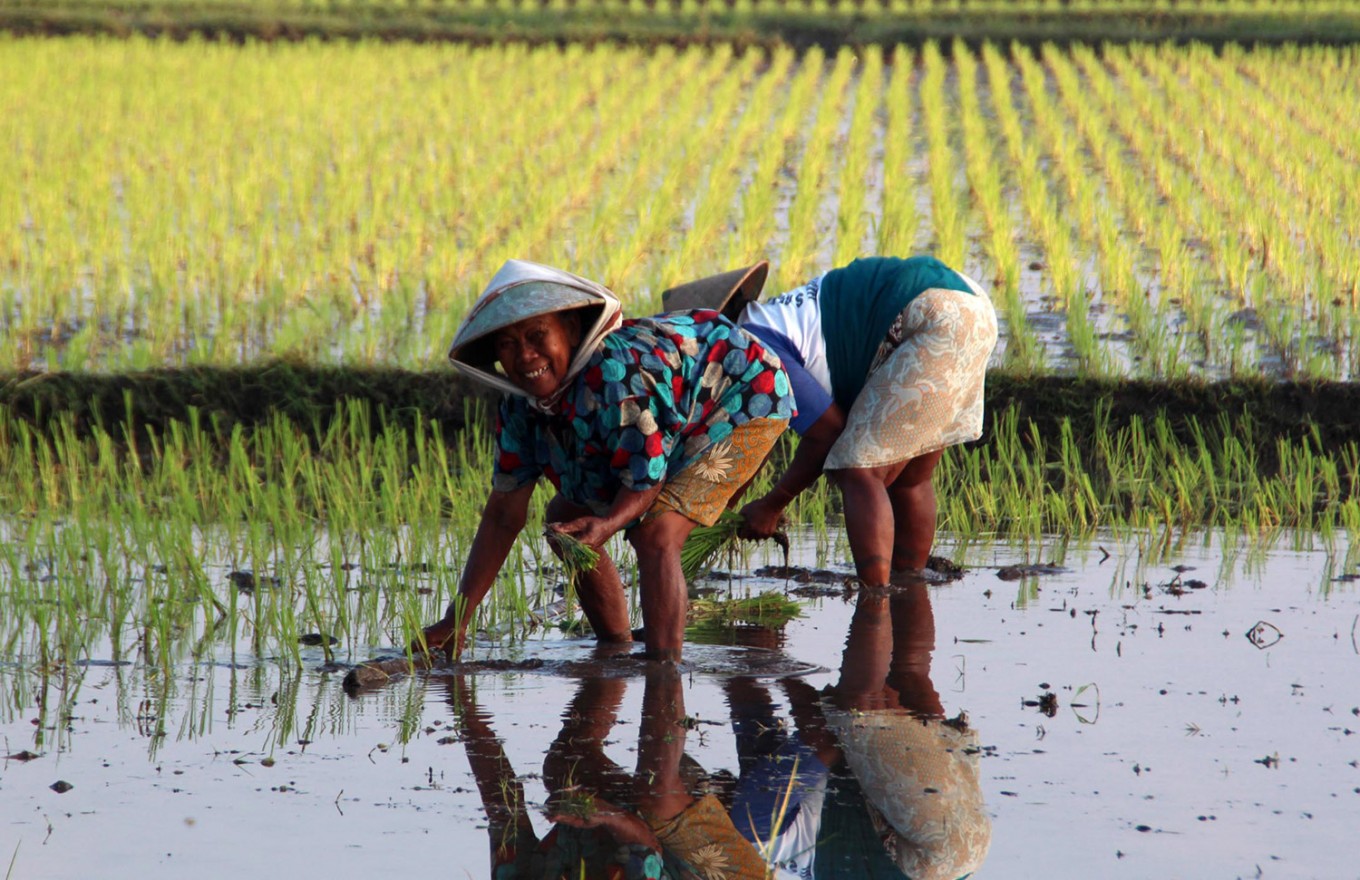Agricultural insurance has evolved considerably since the 1990s, away from costly and publicly provided MPCI programs towards insurance tied to named perils and index-based products. The private sector has also expanded its role, but in less-developed countries mostly through public-private partnerships that combine the efficiency of the private sector in delivering insurance with targeted financing by the state. There has also been growth in the role of various types of nonprofit agencies (e.g. NGOs, microfinance organizations and farmer groups) in delivering insurance to farmers, especially poor ones, and these have also formed partnerships with private insurers. Despite these developments, agricultural insurance remains far too small to meet the risk management needs of most farmers and rural people in developing countries, or to protect them from distress when natural catastrophes occur. Relief programs have had to help fill the gap, but the reality for most smallholders is that they must manage risks on their own, and this can have high economic and humanitarian costs. These costs seem likely to increase as population pressures in many high-risk areas continue to grow, and as climate change increases the frequency and severity of many natural hazards.
Innovations and Emerging Trends in Agricultural Insurance
25.07.2017 1226 views Download :
Innovations and Emerging Trends in Agricultural Insurance
25.07.2017 1226 viewsAgricultural insurance has evolved considerably since the 1990s, away from costly and publicly provided MPCI programs towards insurance tied to named perils and index-based products. The private sector has also expanded its role, but in less-developed countries mostly through public-private partnerships that combine the efficiency of the private sector in delivering insurance with targeted financing by the state. There has also been growth in the role of various types of nonprofit agencies (e.g. NGOs, microfinance organizations and farmer groups) in delivering insurance to farmers, especially poor ones, and these have also formed partnerships with private insurers. Despite these developments, agricultural insurance remains far too small to meet the risk management needs of most farmers and rural people in developing countries, or to protect them from distress when natural catastrophes occur. Relief programs have had to help fill the gap, but the reality for most smallholders is that they must manage risks on their own, and this can have high economic and humanitarian costs. These costs seem likely to increase as population pressures in many high-risk areas continue to grow, and as climate change increases the frequency and severity of many natural hazards.

UNDP - Analysis of the crop insurance system in Uzbekistan
08.01.2025
Crop insurance in India and Brazil: Keeping abreast of a climate change
26.09.2024
A comprehensive look at crop and livestock insurance in Pakistan and the way forward
26.09.2024
The Challenges of agricultural insurance insurance - best practices for the Earth Observation Sector
23.09.2024
Climate change impacts on crop yields in Europe - Swiss Re
24.01.2023
A Practical Method for Adjusting the Premium Rates in Crop-Hail Insurance with Short-Term Insurance Data
24.10.2022
The Challenges of Agricultural Index Insurance: Best Practices for the Earth Observation Sector
03.10.2022


.png)
